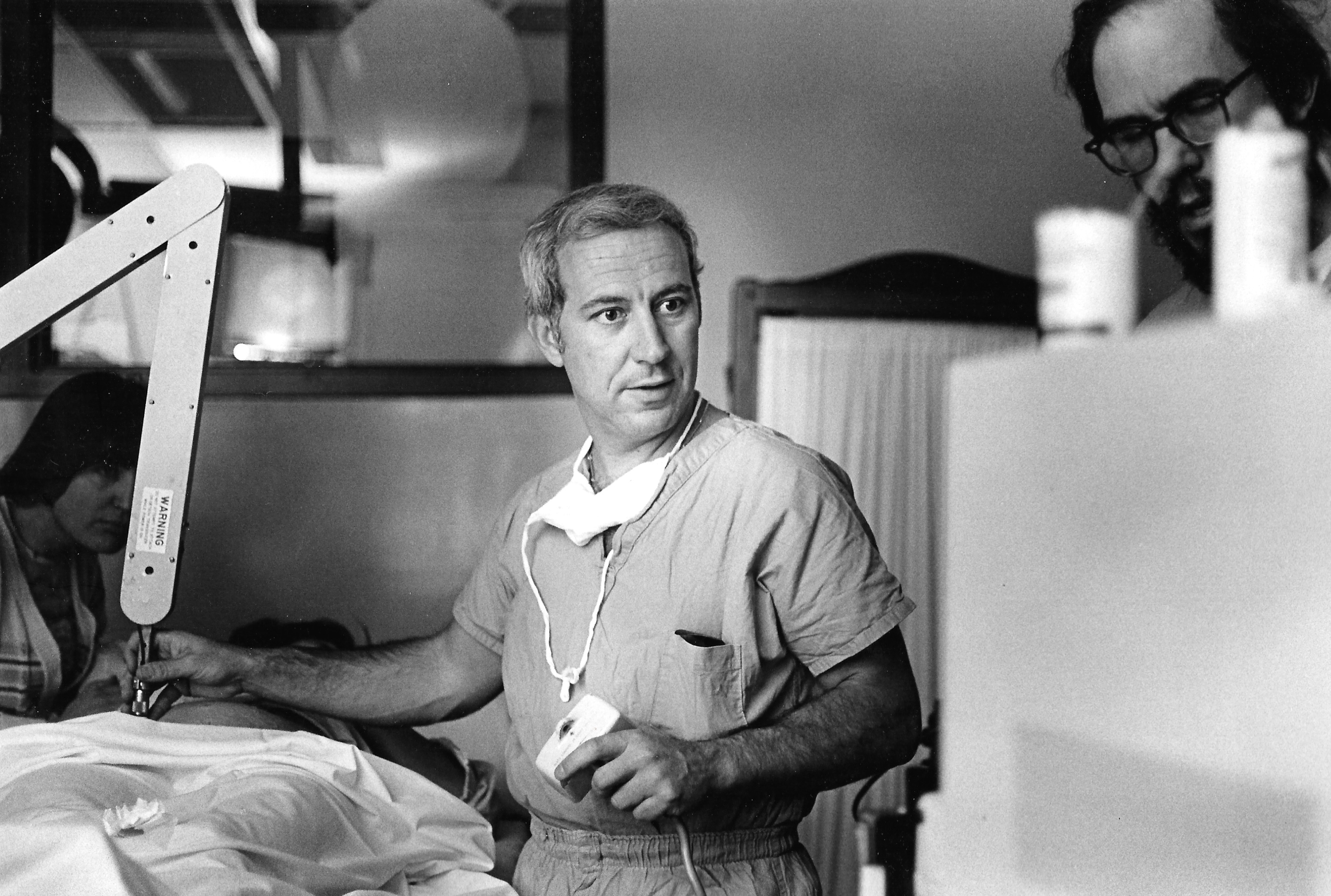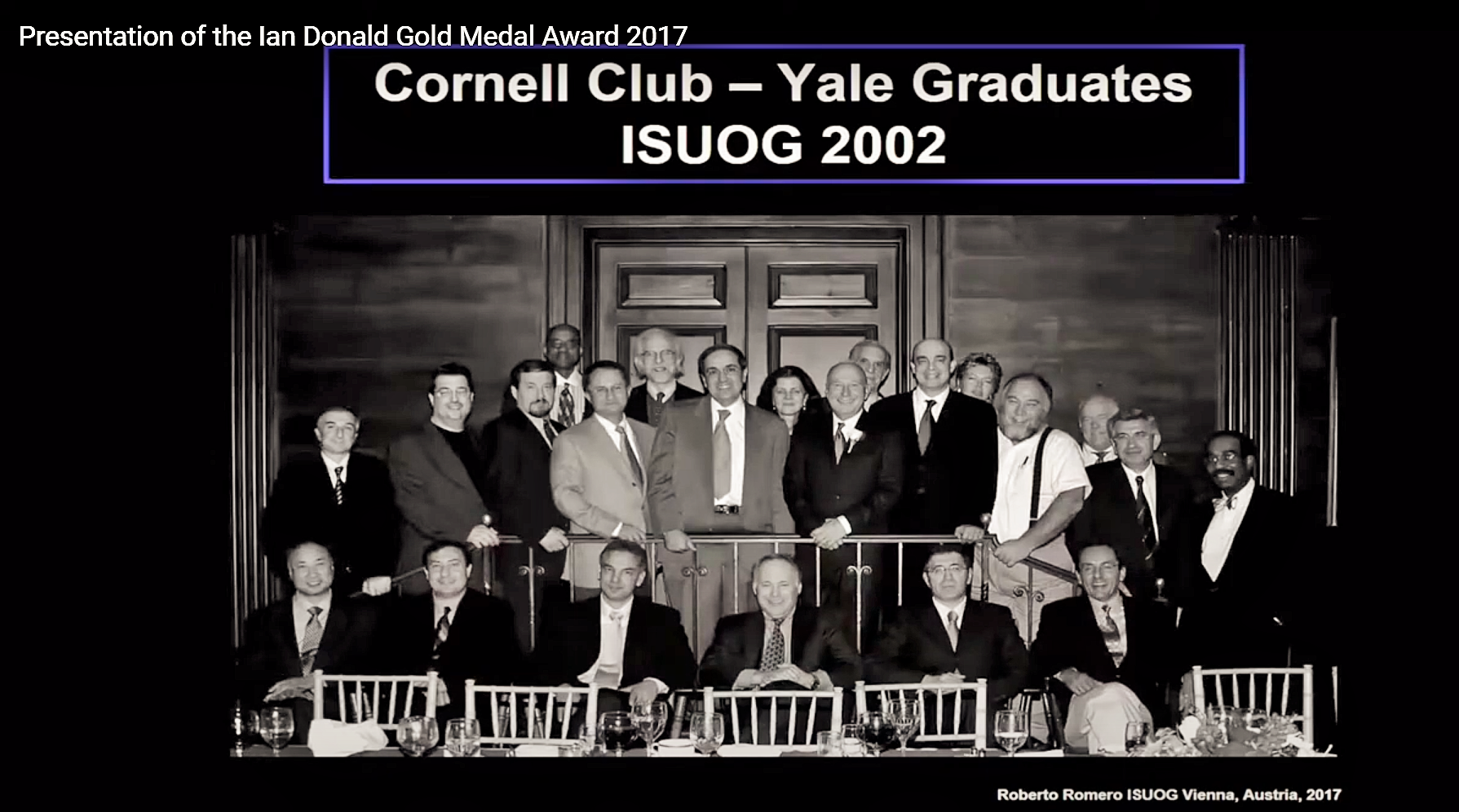Dr. John C. Hobbins, M.D. graduated B.S. from Hamilton College, New York and obtained his M.D. degree from the New York Medical College in 1963. He completed his internship and residency in Obstetrics and Gynecology at Yale University, Yale-New Haven medical Center, Connecticut in 1968. He became associate professor in Diagnostic Radiology and Obstetrics and Gynecology at Yale in 1976 and was at the same time Directors of Obstetrics and Fetal Maternal Medicine. Dr. Hobbins was made full Professor of Obstetrics and Gynecology and Diagnostic Radiology in 1980.
In August 1992 he moved to take up appointment as Professor and Chief of Obstetrics at the University of Colorado.
Dr. Hobbins started his ultrasound career as a resident at Yale.Ernest Kohorn, then Professor of the Department, who had worked with Ian Donald in Glasgow, Scotland, brought the technology to Yale. Kohorn and Hobbins wrote about biparietal diameter measurements using very basic A-mode ultrasound. And soon afterwards the rest was history.
Dr. Hobbins' contributions to the field of Obstetric sonography and the advancement of the art and science of prenatal diagnosis are phenomenal and unprecedented. He was also one of the earliest pioneers in fetoscopy and the in-utero diagnosis of haemoglobinopathies. His classic papers on these subjects appeared in the New England Journal of Medicine as early as 1974. Working in conjunction with Yale geneticists Dr. Maurice Mahoney and Dr. Mitchell Golbus from the University of California at San Francisco, his group was the first to describe the prenatal diagnosis of Ellis-van Creveld syndrome and Duchenne's muscular dystrophy. In 1976 he published his experience on intraperitoneal transfusion under ultrasound-guidance and using a specially designed transducer.
In 1977 his department (Steven Warsof et al) published one of their classic papers in fetal biometry, "Estimation of fetal weight by computer-assisted analysis of fetal dimensions" which had started the almost non-stopping search for computer-generated models of fetal weight determination in the next 10 to 15 years. His group had also published important pioneer work on ultrasound safety, fetoscopy (pioneering work in 1974), the L/S ratio, fetal lung maturity, intraperitoneal transfusion (pioneering work 1976), prenatal diagnosis of congenital anomalies particularly the skeletal dysplasias (the landmark papers appearing in 1979), fetal biometry, echocardiography, fetal monitoring, doppler ultrasound and indeed on topics covering almost the entire span of fetal sonography, prenatal diagnosis and fetal treatment.
He is author or contributing author in at least 50 books and over 800 important scientific papers. His first book with Fred Winsberg in 1978: "Ultrasonography in Obstetrics and Gynecology" (which every student and fellow read in that era) was one of the very earliest textbooks on sonography in this specialty encompassing grey-scale and real-time imaging.

Dr. Hobbins using the Picker scanner in the early 1980s with students and fellows.
Dr. Hobbins has been regarded by many of his students and colleagues as a formidable teacher and mentor. His unyielding enthusiasm, innovative perception and inspiration have affected immensely those who have worked around him. Many of the research fellows and staff that had come through his department have now become celebrated names in the field of prenatal diagnosis. (Richard Berkowitz, Frank Chervenak, Usha Chitkara, Joshua Copel, Mark Cullen, Greggory Devore, Peter Grannum, Phillipe Jeanty, Charles Kleinman, Charles Lockwood, Gianluigi Pilu, Robin Quintero, E Albert Reece, Roberto Romero and Steven Warsof, to name a few! ).


Dr. Hobbins speaking at the dinner in 2017. L to R: Dr. Roberto Romero, Dr. Frank Chervenak,
Dr. John Hobbins, Dr. E. Albert Reece and Dr. M.J. Mahony.
Dr. Hobbins is currently Chief of Obstetrics and Director of the Prenatal Diagnosis and Genetics Center at the University of Colorado Health Science Center. He is Fellow of the American College of Obstetrics and Gynecology and Subspecialty Certified in Maternal-Fetal medicine. He had served the American Institute of Ultrasound in Medicine (AIUM) as member of the Board of Governors and member of the Bioeffects Committee. He was president of the Institute from 1991 to 1993. He is currently Board member of the International Society of Ultrasound in Obstetrics and Gynecology (ISUOG) and is also on the editorial board of many ultrasound journals. One of his later inventions was transabdominal thin-gauge embryoscopy for direct-visualization of the first and second trimester fetuses, which he developed with Mark Cullen and E Albert Reece in 1989. Aside from the numerus awards Dr. Hobbins had received, he was presented with the Ian Donald gold medal for his outstanding contribution to ultrasound in obstetrics and Gynecology by the ISUOG in 1995. His earlier book: "Obstetric Ultrasound - Artistry in Practice" is a reflection in depth of his years of experience and teaching in the field.
Read here: Giants in Obstetrics and Gynecology Series: A Profile of John C. Hobbins, MD.
And: Obstetrics Professor cooks recipes for a good life
.
Images Credit: Dr. Romero.